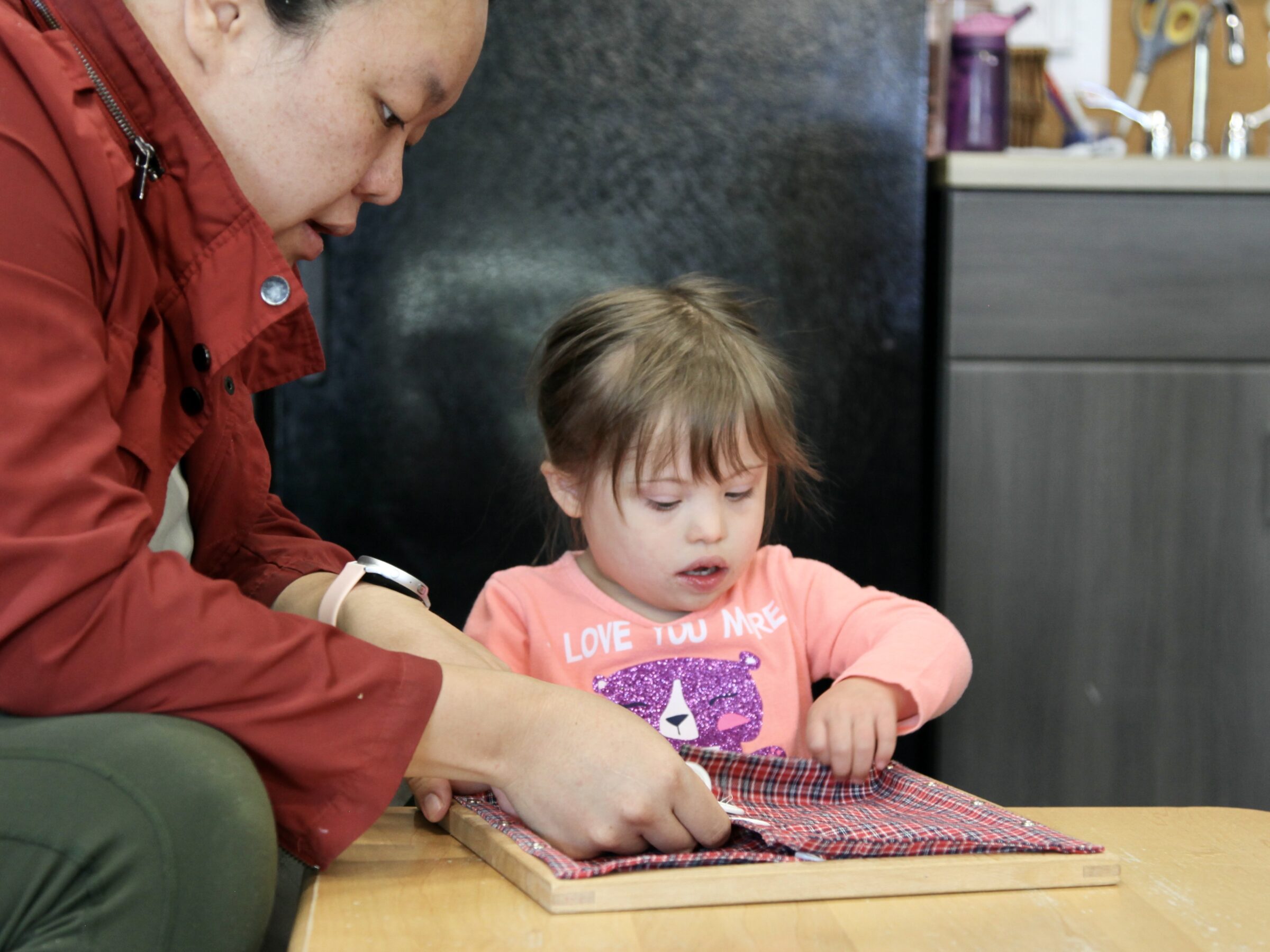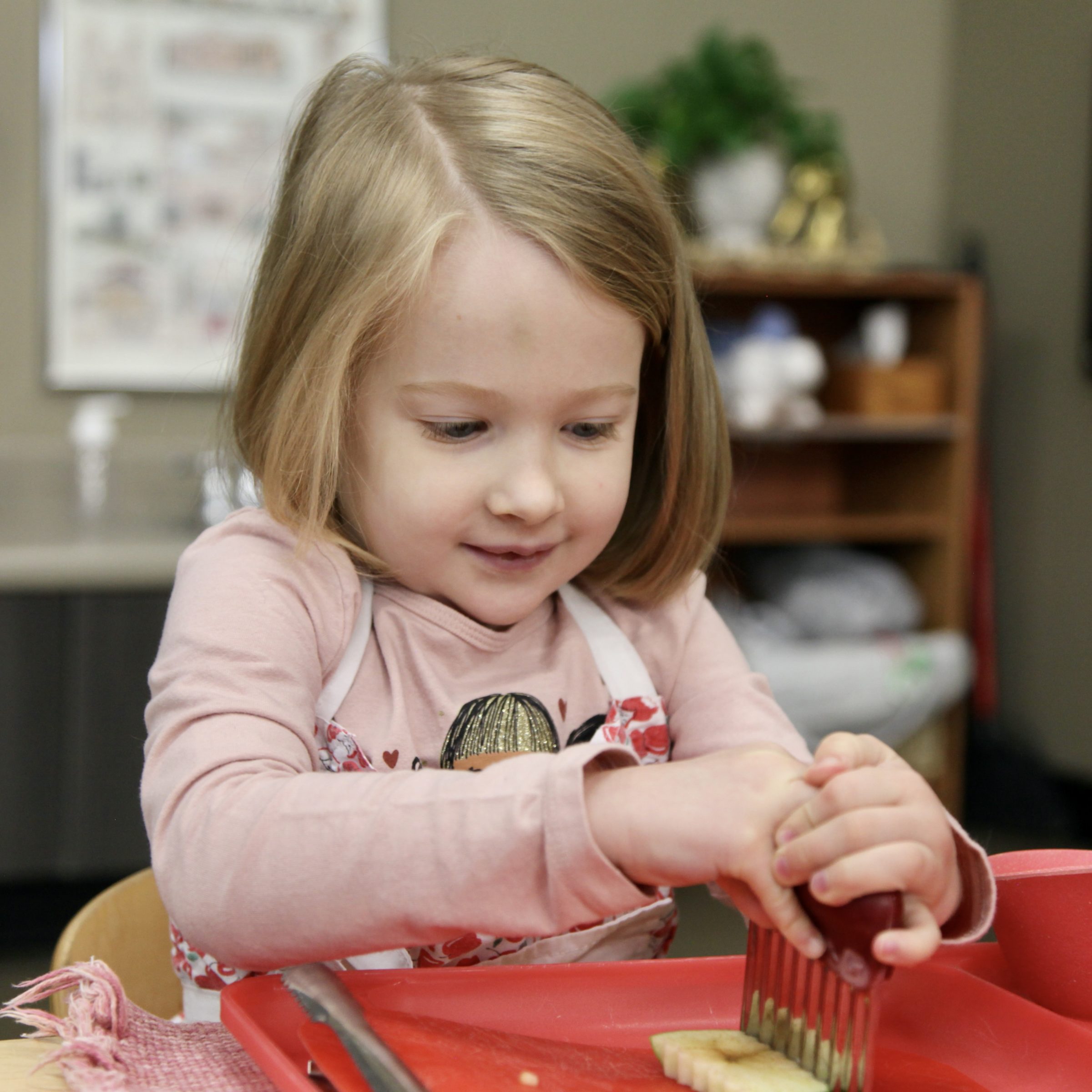Reactive to Responsive to Proactive
Thoughts & Reflections
Maybe you’ve heard the phrase, “respond rather than react.” There’s a lot of work being done in childcare, parenting, education, and other child-advocacy circles — in addition to areas outside the child-centered sphere — about becoming trauma-informed, examining our own experiences and how those shape our perspective, generally bringing a sense of mindfulness to personal and professional relationships.
On social media, you might have seen some of these excellent resources, such as Mr. Chazz or Michelle at conscious.hippie.mama that are helping to bring relatability and practical tools to these conversations.
Reactions are human, like an emotional reflex. Just like recoiling from a hot stove before I even realize I’ve touched it, the words or actions are out in the world before my upstairs brain even processes the trigger.
“Reactions are human, like an emotional reflex.”
Trigger is an appropriate word here, since reactions can be explosive, can be damaging, can even cause irreparable harm.
They’re not always catastrophic, sometimes they just make us cringe. Have you ever heard your own parent speaking through your mouth? The phrase you hated as a child coming out of nowhere when you’re in the same situation your own parent faced? A classic example is “because I said so,” which so many of us heard at one point or another, and maybe even used or literally bit our tongue to avoid these four words stumbling out.
The Gottman Institute has a wonderful article about Mindful Parenting, bringing awareness to how I feel about a behavior or situation, and empowering me to affect change, to prioritize my relationship with a child.
There’s a lot of steps in moving toward a more mindful approach, and even noticing you don’t like how you feel, what you say, or what you do can affect change in your relationship with your child.
Children are always communicating. Behavior is communication. Responding honors this communication.
If you step on a Lego, a reaction might be “That’s it I’m throwing all these Legos away!” or “How many times do I have to tell you to pick up your things?!” a response might be “Please put your Legos away, it hurts me when I step on them.”

If your child refuses to eat anything that isn’t chicken nuggets, a reaction might be “You can eat this spaghetti or nothing.” a response might be buying the nuggets that have secret vegetables in them.
There’s a phrase “hurt people hurt people.” In reacting, I’m having a negative emotion to a child’s words or actions, and I’m responding in-kind. I feel bad so I want to make sure you feel bad. I’m raw from a hard day at work and home is a safe space to flip your lid, to release those pent-up emotions, even when my upstairs brain knows the people I love the most are the ones I want to protect the most, not hurt the most.
Responding notices how I’m feeling, and that what I do or say to a child has a lot more to do with how I’m feeling about a situation than about the facts of the situation. Responding is the pause before my lizard brain takes over.
Reactive to responsive is a huge change to the dynamic. For some of us we’re breaking the cycle of generational trauma. For some of us we want to bring the same level of intentionality and learning to our role as parent or caregiver as we do to our careers or education. For some of us even if (or when) we raise our voices we want to be sure it’s not because we don’t know a different way. Responsive takes effort, energy, and practice, and if this satisfies the type of relationship you want to have with your child, this is more than enough.
There’s another level, too. This post is called “reactive to responsive to proactive.”
For some of us, responsive is the baseline. Responsive isn’t enough, isn’t satisfying the challenge we’re experiencing in family or classroom relationships. It’s kind of, you had a rock in your shoe and you got it out, but maybe is there still a little piece? I’ve removed the wound, I’m no longer wounding, and I’m working toward healing.
Proactive enters the chat.
If responsive is asking how I’m feeling and how that might be impacting what I say, proactive is a deep dive into a child’s communication, spoken and unspoken.
With the two previous examples of stepping on Legos, proactive might be examining the system I have in place for a child to be successful tidying their belongings, giving direct instruction on what tidy looks like, looking at if I’m modeling tidying my belongings when I’m done using them, or if I’m putting my knitting and my tablet right down next to where I’m sitting when I was using them. For not eating anything but chicken nuggets, it might be involving a child in the food preparation process, asking their opinion about different foods, using expressive language about texture and about taste and about different sensations; helping a child to feel successful trying new things, and trying to decode why there might be an aversion or a negative feeling about new or different foods, and how to help a child be successful in these types of situations.
Classroom examples are a little less emotional, so let’s work with one of those.
A child runs across the classroom to put their lunch away after eating. Reacting could be, “go back and walk” or “don’t run.” It’s important to note that it doesn’t need to be a negative tone or word choice to be a reaction. It’s not always triggering or trauma or causing harm, it’s just that reflex reaction.
Responding could be, “It’s time to walk.” In a Montessori classroom this would be called “positive phrasing,” keeping communication true and brief, saying the one thing a child can do instead of addressing all of the things they can’t do. As Mr. Chazz states, “give instructions… like you’re doing a google search.”
A proactive approach would be to practice cleaning up lunch, to talk with the children about moving in the classroom, to always model careful and calm movements, to give a gentle reminder when a child is ready to clean up.
Emotions can run a little high when working on toileting. If a child is still learning their body cues and misses an opportunity to use the toilet, reacting might be putting a child back in a diaper or pull-up because you just don’t have the energy for this today. Responding might be helping a child to change and even letting them help with the changing process. A proactive approach could take the form of setting a timer for 20 or 30 minutes to take a child to use the toilet, just to try.
There is no judgment in any of these approaches. A reactive approach is the best you can do today, because you don’t know a different approach, because this situation is just one of the thousands you’ll encounter today. Maybe some days there’s a bit more time, space, and energy for a responsive or proactive approach, and that’s good, too. And maybe, with time and practice, the responsive or proactive approach will become instinct and won’t need to be so intentional, they’ll also become reflex. It’s like anything else with children: try your best, do what you know how to do, be gentle with yourself and with others, and ask for help.
Written by:
Charlotte Snyder



